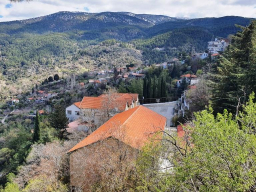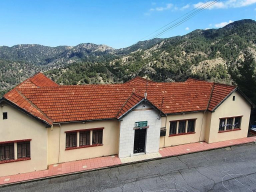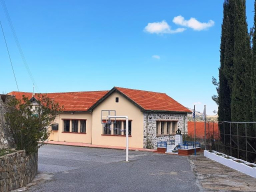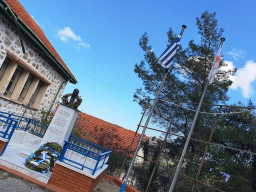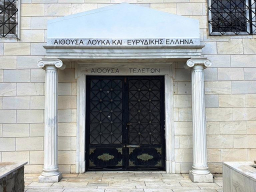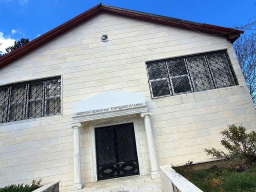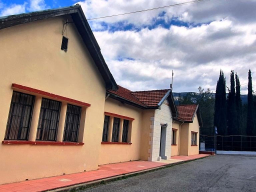The Pedoula Gymnasium was for nearly a century a shining beacon of knowledge, culture, and national values. From its establishment in 1913 until its closure in 2004, the school served as the foundation of education in the Marathasa area, providing high-level education and fostering generations of people with ethics and education.
Establishment and Development
The school was founded in January 1913 when Professor Leonidas Stavridis, leaving the Mitsi School, decided to create a higher school in Pedoula. With the help of the community's leaders, the school began as the Practical School of Marathasa, hosting the first 11 students from Pedoula and Moutoullas.
In 1921-22, thanks to the generous donation of Sophocles Dryopoulos, the school acquired its own building, with the help of the Metropolis of Keryneia, the church of Pedoula, and the volunteer work of the residents. Since then, it experienced rapid development:
- 1939-40: Upgraded to a five-year school.
- 1953-54: Transformed into the Pedoula Commercial Lyceum.
- 1992: Operated as a three-year gymnasium, as the Mitsi School took over the operation of the Lyceum.
Struggles and Sacrifices
The Pedoula Gymnasium was not just an educational institution, but also a symbol of resistance. When the colonial government demanded control of the school, the school board refused to comply, taking on the full responsibility for its operation.
During the 1955-59 Liberation Struggle, the school became a breeding ground for fighters. Among them was the hero Aristidis Charalambous, who was killed on March 11, 1956, while attempting to attack British vehicles with a bomb. In retaliation, the British occupiers expelled the Greek teachers and closed the school, which, however, continued to operate unofficially in warehouses and private houses.
The dedication of the residents was crucial in other difficult moments. In 1942, when the school was destroyed by fire, the residents of Pedoula, through donations, fundraising, and volunteer work, rebuilt it in just 18 months, making it larger and more modern.
Challenges After 1974
After the Turkish invasion of 1974, many refugee children settled in the villages of Marathasa, increasing the need for schooling. The Pedoula Gymnasium responded to the new reality, operating both in the morning and afternoon, while new classrooms were built.
Despite continuous efforts to maintain it, demographic changes and the decrease in the student population led to the permanent closure of the school in 2004.
The Pedoula Gymnasium Today
Although no longer functioning as a school, the Pedoula Gymnasium building continues to offer much to the community. Today, it is used as a conference center and a venue for performances, as theatrical plays and concerts by the Cyprus State Orchestra and other ensembles take place on its modern stage. It occasionally hosts camps, student Erasmus programs, social events, and the annual Cherry Festival.
Its rich history and its contribution to Cypriot education make it a landmark for the area and a timeless symbol of knowledge, sacrifice, and cultural heritage.


